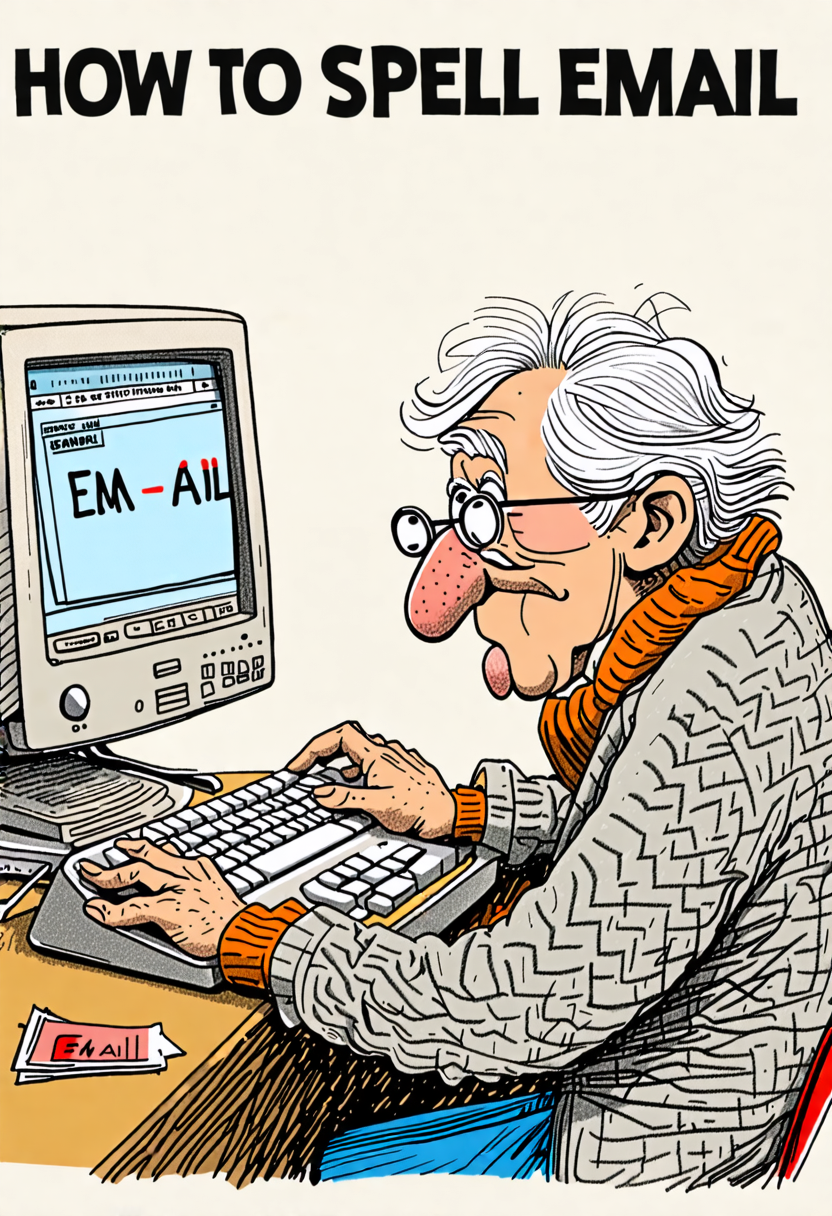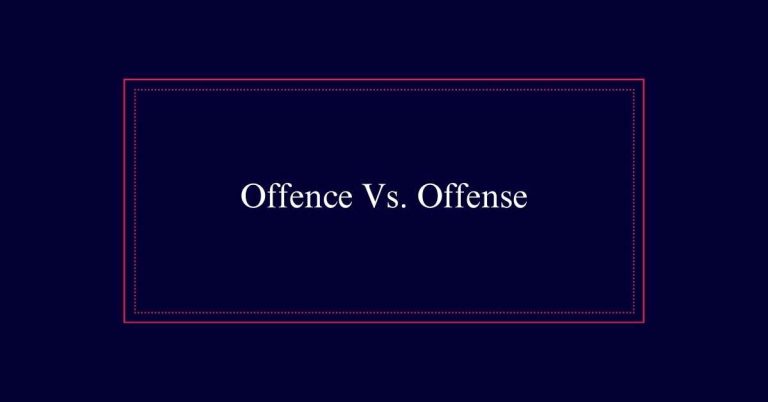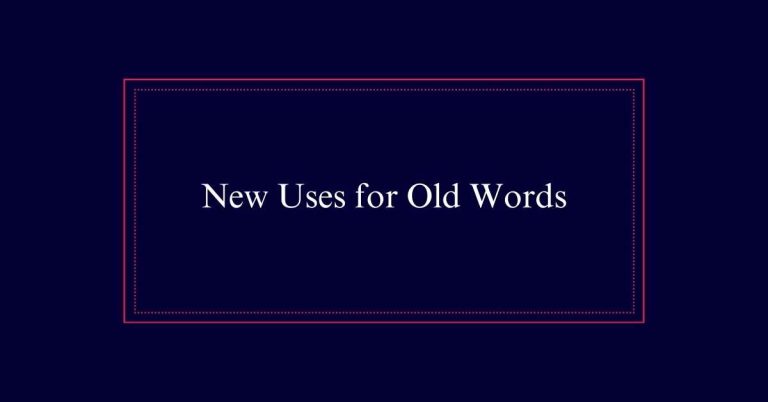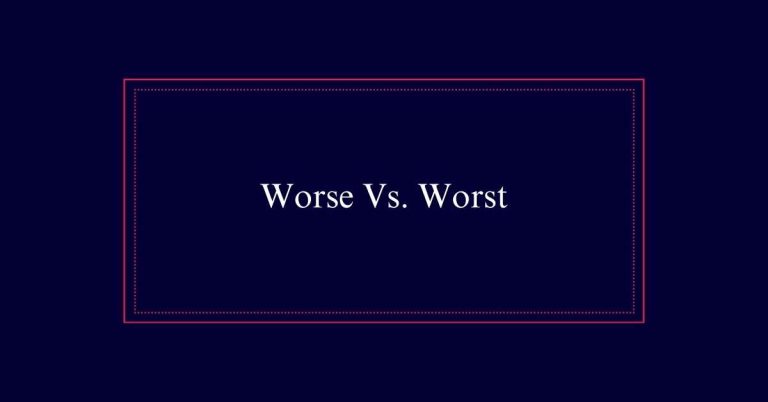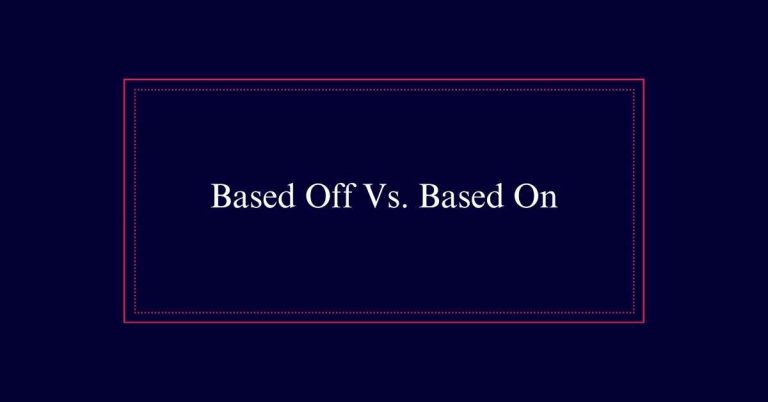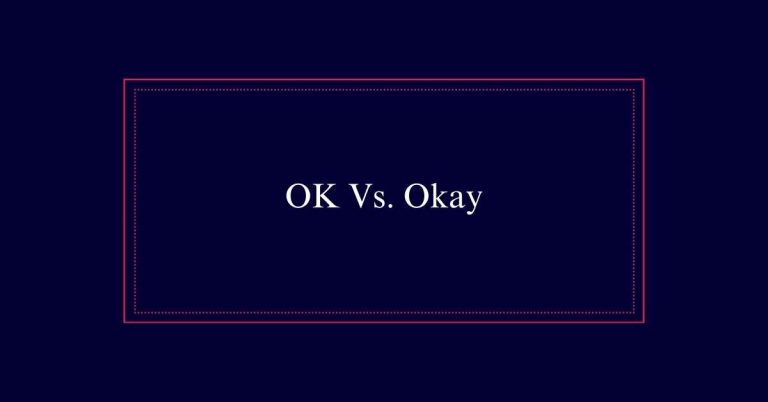How to Spell Email?
The preferred spelling for electronic mail in modern usage is ’email’ without the hyphen. This form is widely accepted by major dictionaries and style guides, such as Merriam-Webster and The Associated Press. ‘E-mail’ with the hyphen was more common in the early days of the internet but is now considered outdated.
Using ’email’ aligns with contemporary language trends and reflects professionalism in business communication. Major tech companies and professional settings largely favor ’email’.
Historical Context
Tracing the historical context of the term e-mail reveals how it evolved from a technical jargon to a ubiquitous part of daily communication.
E-mail, short for electronic mail, emerged in the early 1970s when researchers at ARPANET developed the protocol for sending messages between computers. Initially, it was a tool for academic and governmental use.
Over the decades, e-mail evolved into mainstream use, becoming essential for personal and professional communication. The term e-mail reflects its compound nature, combining ‘electronic’ and ‘mail.’ This etymology justifies the hyphen, aligning with common conventions for compound words with single letters.
E-mail: Traditional Usage
In traditional usage, the term e-mail commonly includes a hyphen to signify its origin from ‘electronic mail.’ This practice is supported by many authoritative sources, such as Merriam-Webster and The Chicago Manual of Style. The hyphen serves to clearly link the words ‘electronic’ and ‘mail,’ emphasizing the term’s compound nature. This approach aligns with the general rule of hyphenating compound words that include a single letter or number.
Additionally, e-mail follows the pattern seen in other compound nouns like e-commerce and e-learning. Traditional usage, thus, maintains the hyphen in e-mail to secure clarity and to preserve its etymological roots, reflecting a more conservative approach to spelling in professional and academic contexts.
Email: Modern Adaptation
Email, without the hyphen, has become the prevalent choice in modern usage, reflecting a shift towards simplification in language. This trend aligns with the broader movement towards more streamlined and user-friendly communication.
As digital communication becomes ever more integrated into daily life, the unhyphenated form of email is increasingly seen as more efficient and contemporary. It fits seamlessly into the fast-paced, technology-driven world.
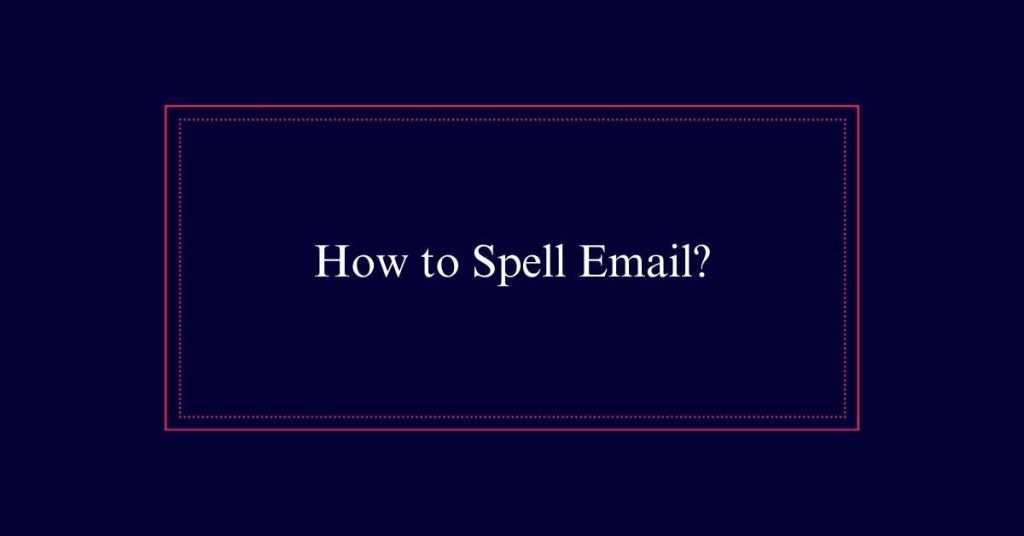
The usage of email without the hyphen is widespread among tech companies, educational institutions, and media outlets. This adaptation underscores a preference for brevity and ease of use.
Style Guide Preferences
While the modern adaptation of email reflects a trend towards simplification, different style guides offer varied preferences for its spelling.
The Chicago Manual of Style and The New Yorker prefer the hyphenated form, e-mail. This choice aligns with traditional rules for compound nouns starting with a single letter.
On the other hand, the Associated Press and Oxford Dictionaries favor the simpler, unhyphenated form, email. This reflects the broader trend in English towards closed spellings.
Impact on Norms
The evolving spelling of e-mail impacts communication norms and workplace productivity. Traditionalists favor ‘e-mail,’ aligning with guidelines from authorities like Merriam-Webster and The Chicago Manual of Style. Conversely, ’email’ has gained traction due to its simplicity and widespread use.
This importance affects how organizations communicate internally and externally. Adhering to one spelling standard can reduce confusion and enhance clarity. The choice between ‘e-mail’ and ’email’ also reflects broader linguistic trends, such as the move towards streamlined language.
Productivity Considerations
Adopting a consistent spelling of e-mail can streamline communication and boost workplace productivity. When everyone in an organization uses the same spelling, it reduces confusion and saves time. Employees no longer need to double-check or debate the correct form. This consistency makes internal documents and external communications look more professional.
Additionally, search functions become more efficient, as all emails or e-mails are tagged uniformly. This uniformity aids in faster information retrieval and better organization.
Consistency in Writing
Consistency in writing guarantees clear communication and enhances readability. Using the same spelling throughout your document avoids confusion and maintains professionalism. Whether you choose ‘e-mail’ or ’email,’ sticking to one version ensures that your readers do not get distracted by inconsistency. This is especially significant in professional settings where clarity is vital.
Following a style guide can help in maintaining this consistency. Guides like The Chicago Manual of Style or The Associated Press have specific preferences that can standardize your writing. If you are not bound by a style guide, make a personal choice and apply it uniformly.
Language Evolution
Language naturally evolves over time, adapting to new technologies and cultural shifts. This evolution is evident in the changing spellings of words, as seen with ‘e-mail’ becoming ’email.’ Such transformations reflect broader trends in language usage and simplification. As society moves forward, words often lose hyphens and become streamlined.
Historical Precedents:
Many terms have shifted from hyphenated forms to single words.
Adoption Rates:
The speed at which new spellings are accepted varies across regions and demographics.
Cultural Influence:
Media, technology, and popular culture play significant roles in shaping language trends.
Technology Influence
Moreover, the swift progression of technology greatly influences how we spell and use words like ‘e-mail’ and ’email.’
As digital communication becomes more ingrained in our daily lives, the need for simplicity and speed grows. This demand often leads to the dropping of the hyphen in ‘e-mail,’ making ’email’ more common. Tech companies and online platforms frequently adopt the unhyphenated version to streamline user interfaces and documentation.
Moreover, the rise of mobile devices, with their compact screens and autocorrect features, supports the trend toward shorter, more concise language. This shift reflects a broader pattern where technology shapes not only how we communicate but also how we write and spell.
Future Predictions
As technology continues to evolve, the preference for the unhyphenated ’email’ is likely to become more prevalent. The trend signals a shift towards simpler, more streamlined communication tools. This evolution is driven by several factors:
- Digital Integration: As digital platforms continue to integrate, the need for clear, concise terminology becomes more pressing.
- Language Simplification: The natural progression of language often leans towards simplification, and dropping the hyphen aligns with this trend.
- Global Usage: The widespread global use of ’email’ over ‘e-mail’ suggests a move towards standardization.
These factors indicate that ’email’ will likely dominate future communication norms. Staying updated with such trends can help maintain clarity and efficiency in both personal and professional correspondences.
